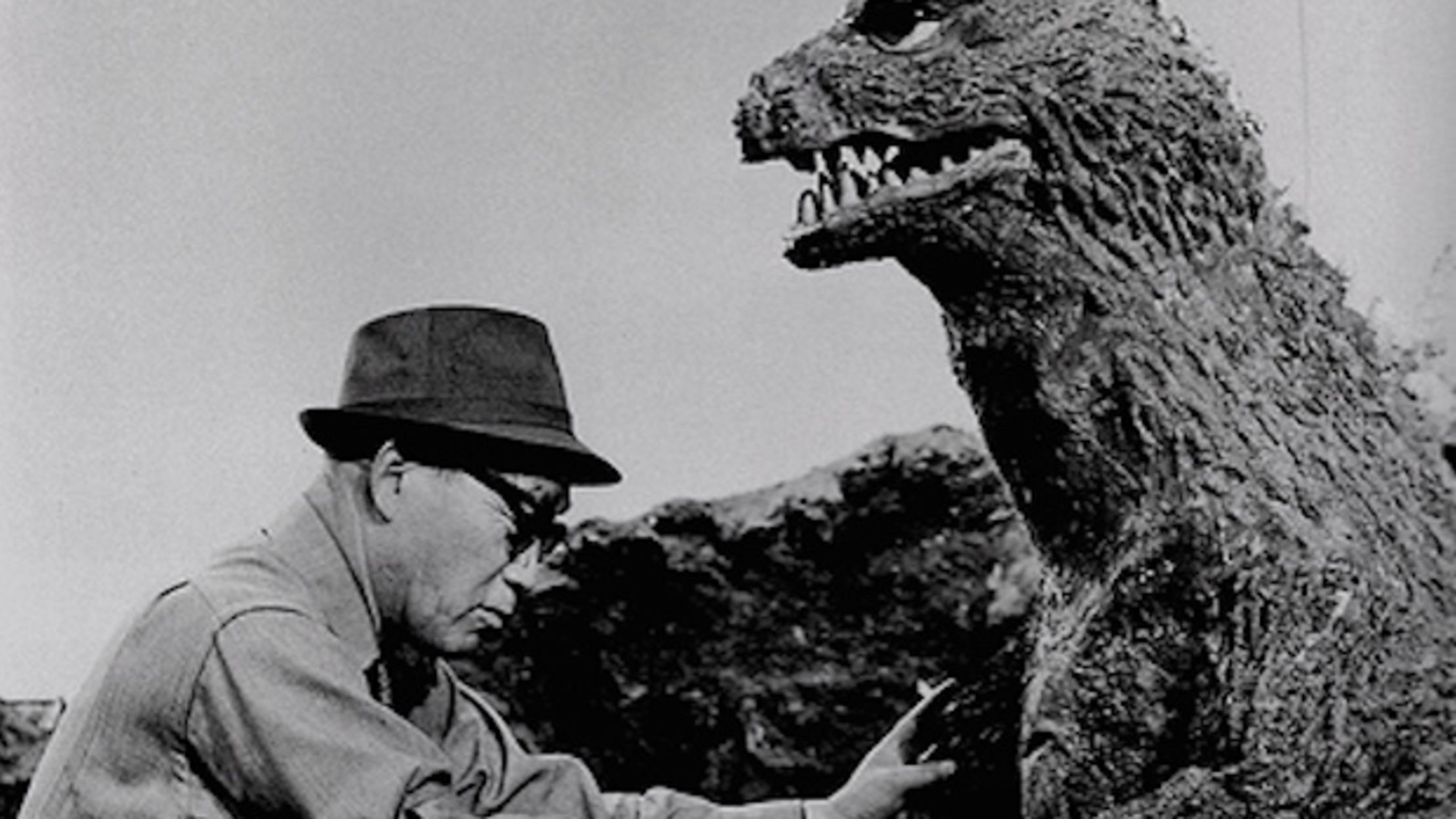

It also introduces us to an era of Japanese filmmaking that is a golden era, as well as Japanese culture. This book serves as a good introduction to the man. Spielberg paid tribute to Godzilla in his introduction to THE MAKING OF JURASSIC PARK. Like Eiji, he eventually developed his own effects company. Lucas visited Toho to see if they could handle his special effects needs.
EIJI TSUBURAYA MASTER OF MONSTERS REVIEW MOVIE
He received much praise and several awards for his work, and films around the world became larger box office draws when his name was in the credits and on the movie poster.Įven luminaries such George Lucas and Steven Spielberg were influenced by Tsuburaya. Director Ishiro Honda met Martin Scorsese while working on Kurosawa's "Dreams" in 1990, and as he related in a 1991 interview, Scorsese (who played Vincent Van Gogh), Scorsese would go see Godzilla films wherever they were playing in New York. Tsuburaya had worked with a number of people who also worked with Akira Kurosawa. Godzilla" and "King Kong Escapes." (Eiji had also been intensely inspired by O'Brien's work on the original King Kong-just as did Ray Harryhausen.) Second, attempts by Willis O'Brien to get a King Kong sequel made eventually led to Toho's "King Kong vs. First, the inspiration for Godzilla came from Harryhausen's "The Beast From 20,000 Fathoms," kicking everything off. The paths of Tsuburaya and Harryhausen crossed twice, indirectly. Interestingly, he had served in the military as a young man, so both the service and his war-era propaganda filmmaking parallel that of Ray Harryhausen. who were blacklisted in the US during the McCarthy era! -and had to lay low for a while. Because the government hired him, he ran into trouble during the American Occupation after the War-just like all the actors, writers, directors, etc.

During the Occupation of Japan, his highly regarded World War II films were believed to be real war film of such events as the bombing of Pearl Harbor and The Battle of Midway. These included fantasy films based on Japanese legends, other types of science fiction, and historical dramas. He also worked a lot in non-monster and non-space films, to much acclaim. However, he is very much considered to be as much of an inspiration as Harryhausen and O'Brien to modern filmmakers, including George Lucas. His effects work is probably on a par with Willis O'Brien and Ray Harryhausen, despite the lower budgets necessitating larger-sized model cities and men in monster suits. While the many behind the scenes photos and stills of Godzilla and company were like eye candy to me and drew me to the book, it tracked his development from being an engineering student to being an aspiring filmmaker, from cameraman to founder of a very big marketable character empire.

EIJI TSUBURAYA MASTER OF MONSTERS REVIEW TV
Reviewed and recommended at 5 stars by GordonĮIJI TSUBURAYA: MASTER OF MONSTERS is a tribute book to the man who brought Godzilla, Ultraman, and many classic Japanese fantasy films and TV shows to life either directly or indirectly via his production company. EIJI TSUBURAYA: MASTER OF MONSTERS REVIEW EIJI TSUBURAYA: MASTER OF MONSTERS REVIEW EIJI TSUBURAYA: MASTER OF MONSTERS BOOK REVIEWĭefending the Earth with ULTRAMAN, GODZILLA and FRIENDS in the GOLDEN AGE OF JAPANESE SCIENCE FICTION FILM


 0 kommentar(er)
0 kommentar(er)
